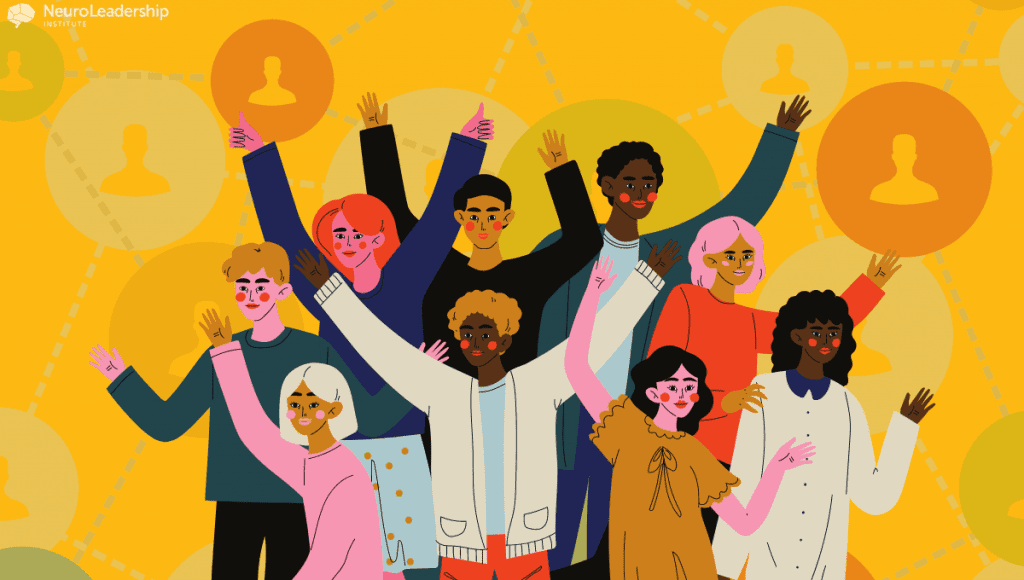After the George Floyd murder, organizations swiftly galvanized around diversity and inclusion. America’s largest publicly-traded companies tripled their hiring of chief diversity officers in the three months after Floyd’s killing, and 63% of top public companies have appointed or promoted someone to a diversity chief role within the last three years.
But for all the attention around D&I, sometimes called DEI or DEIA (“equity” and “accessibility” being the additional letters), a problem has emerged: DE&I training is often not universally well-regarded. Researchers Adam Grant and Angela Duckworth did a study in 2019 on the effectiveness of diversity training, with a sample size of more than 10,000 participants. They created three sample diversity training sessions, and brought in people from a variety of industries to participate. They found, “very little evidence that diversity training affected the behavior of men or white employees overall—the two groups who typically hold the most power in organizations and are often the primary targets of these interventions.”
So how can diversity training be effective if most participants don’t find it beneficial? To unpack this question, let’s first consider a few notable factors that contribute to why diversity training is so hard right to get right:
- Multiple generations in the workforce: We currently have four to five generations in the workplace, which means a host of different perceptions of what constitutes diversity. A good portion of diversity training is delivered “one size fits all,” without regard for the perceptions of a 24-year-old versus a 65-year-old.
- Exhaustive sessions: Too many DE&I trainings attempt to capture everything possible. People get lost, their minds wander and little is achieved. We sometimes call this the “diversity model muddle,” where too many ideas, letters, and theories fly at you.
- The brain as the frame: Culture is massively different in Christ Church, New Zealand, and Topeka, Kansas. If you want to scale DEI delivery, you need to focus on an aspect of the work experience that’s standard across multiple locations. That would be the brain. A brain has the same structure and format in New York City and Shanghai, and the same regions fire based on what’s happening around it.
- The backlash threat: Diversity training can often create backlash from more privileged parties, which in turn creates more bias, thus nullifying the purpose of the training in the first place. We simply can’t ignore the fact that calling out privilege, which diversity training inherently does, puts those who have it on the defensive. Research, from Stanford’s Paul Piff and others, show people who have it easy tend to claim they had it rough and even exaggerate their hardships as a defense mechanism. If people are too busy justifying their position to hear you, the message is already lost.
So how can you make diversity training better?
- Make training “sticky”: Think of a movie scene you know by heart. There’s probably a simple, sticky framework to it, and as a result it stays with you forever. Quality DEIA training is designed the same way. Simple messages presented in a new way so that once you’ve heard it, it will stick with you.
- Focus on the essentials: Our DEI training work is focused on the smallest amount of habits that need to be changed (three), designed for maximum impact on the people who are trained.
- Ditch hierarchies when delivering: To ensure DEIA training impacts an entire organization, delivery improves when training can happen at the same time, creating positive pressure, whether people are in factories, fields, at home, or sitting in the office. Doing this also signals the importance of the training–the CEO is virtually sitting alongside the floor worker and hearing the same message.
How do you know diversity training is really working?
One approach to improved training is by changing how you measure effectiveness. Too often, organizations measure the effectiveness of diversity training by the number of people in attendance and a short survey on whether the participants liked the facilitator and liked the materials.
That measurement approach is flawed because it doesn’t actually tell you anything about the effectiveness of the training. Think, for a quick second, about a middle school math teacher who was fun and cracked jokes. You may have liked the class, but did you leave understanding how to solve an equation? Those are two very different things.
Diversity training often suffers because there are very few connections between the theories being taught and the day-to-day work. The presentation might be amazing, and the facilitator might be other-worldly, but the effectiveness and stickiness aren’t there. Simply put, a positive user experience does not equal a positive learning experience.
This is why viewing only a Net Promoter Score (NPS), which is the most common metric to assess DEIA training, provides limited context. The hallmark NPS question is, “How likely are you to recommend this learning session to a friend or colleague?” You then get a score based on the number of detractors and promoters, ultimately meant to reflect whether people felt their time was well spent.
To provide a more holistic view of DE&I training, we created another metric: Behavior Change Percentage (BCP). This metric helps clients see which habits introduced during a training are being sustained, over initially three to six months and then years.
In the case of our training on having a growth mindset, for example, we ask: How many times in the last week have you noticed yourself having a fixed mindset and shifted to a growth mindset?
A BCP for a question like this may show this shift in behavior happens one to three times a week or more, for an average score of about 88%. This metric tells us a majority of employees who took that training are implementing our lessons, and that the behaviors of the training are sticking within the organization. That’s how we know there’s effectiveness beyond the social skills of the facilitator or the quality of the PowerPoint presentation.
Often at NLI, we say, “experiment, follow the data, and iterate.” That’s your best approach to diversity training, too. Experiment with a shift in hiring practices, a shift in advocacy committees, or bringing in trainers and vendors. Then you need to see what the experiments are teaching you through your NPS and BCP data. Once you know what approach is more effective, it’s time to iterate. Make some of the changes more far-reaching. Experiment with a different team. It’s slow, day-to-day work but it’s extremely important for advancing your organization.






